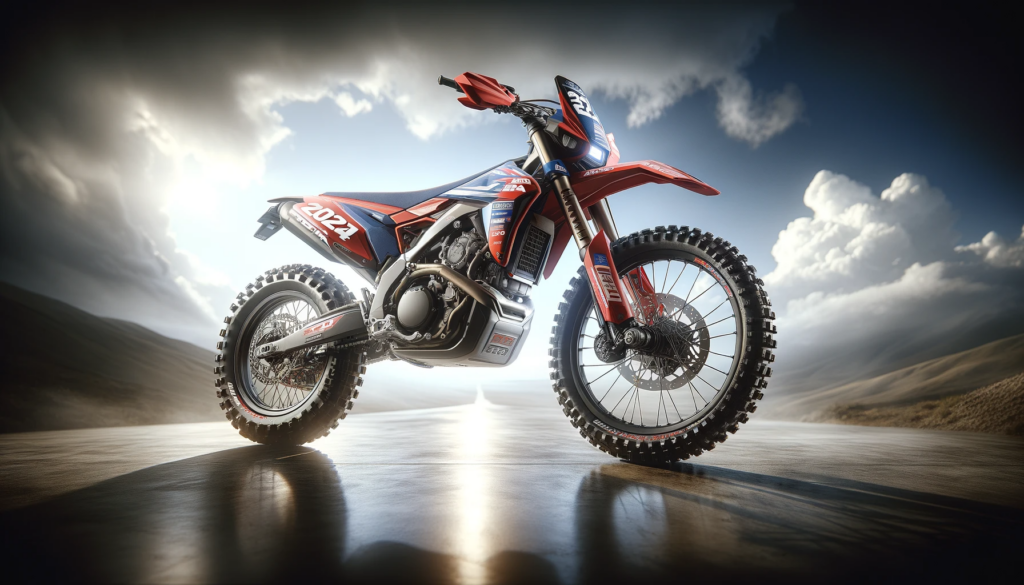
January 4, 2024 | By DirtBikeVault.com News Desk In a thrilling announcement for dirt bike enthusiasts, Beta has signed contracts to compete in the 2024 Monster Energy Supercross with riders Colt Nichols and Benny Bloss. This marks a significant shift as the bikes set to race will feature their own distinct motors, setting them apart … Continue Reading

Say Goodbye to Per-Wash Payments: Unlimited Monthly Car Wash Memberships at San Diego Gas & Carwash
shahid
In a vibrant city like San Diego, where sun, surf, and outdoor activities abound, keeping a vehicle clean can often take a backseat to busy lifestyles. The challenges of managing work, family, and leisure activities can leave little room for the regular car washes needed to keep cars looking their best. Fortunately, San Diego Gas … Continue Reading

The Ultimate Guide to Car Interior and Exterior Detailing: Tips and Techniques
shahid
Introduction When it comes to maintaining your vehicle’s pristine condition, car interior and exterior detailing plays a crucial role. This comprehensive approach ensures that both the inside and outside of your car receive the attention they need to stay in top shape. Whether you’re looking to refresh your car’s appearance or protect it from wear … Continue Reading

Top Tips for Transporting Your Motorcycle Across the Country
shahid
Transporting a motorcycle across the country can be a daunting task, especially if it’s your first time. Whether you’re moving to a new city, purchasing a bike from a distant seller, or heading to a motorcycle rally, ensuring your bike reaches its destination safely is crucial. Here are some tips to help you transport your … Continue Reading

The Importance of Pre-Purchase Car Inspections in Seattle
shahid
Purchasing a used car can be a daunting process, especially when you’re unsure about the vehicle’s condition. In Seattle, where the weather and road conditions can take a toll on cars, it’s even more critical to ensure you’re making a smart investment. This is where a pre-purchase car inspection comes into play. Nspectacar, a locally … Continue Reading

Boost Your Dirt Bikes Engine Performance with These Power Tips
James Stewart
Looking to enhance your dirt bike’s engine performance? Look no further! We have compiled a list of power tips that will take your dirt bike’s engine performance to the next level. One of the first things to consider is fuel mixture optimization. Finding the perfect balance between fuel and air is essential for maximizing power … Continue Reading

Dirt Bike Engine Troubles: Fix Your Rides Power
James Stewart
One common issue that dirt bike riders often face is a decrease in power or performance, which can be attributed to various dirt bike engine problems that require troubleshooting, repair, and regular maintenance to keep the motor running smoothly. This can greatly affect the overall riding experience. A possible cause of this problem is a … Continue Reading

Troubleshoot Dirt Bike Engines: Expert Solutions
James Stewart
Regular maintenance is crucial for keeping your dirt bike engine in top condition, preventing engine issues and avoiding the need for extensive dirt bike engine repair. Checking and changing the oil regularly is essential, as dirty or low oil can cause engine damage. It’s also important to inspect the air filter, as a dirty or … Continue Reading

Revive Your Dirt Bike Engine with Expert Repair
James Stewart
When it comes to reviving your dirt bike engine, expert repair is key for bike engine repair. Professional repair services have the knowledge and experience to diagnose and troubleshoot any issues your engine may be experiencing. From replacing worn-out parts to adjusting valves and timing, these experts can get your engine running smoothly again. It’s … Continue Reading

Dirt Bike Engine Care: Essential Tips for Optimal Performance
James Stewart
Maintaining your dirt bike’s engine is crucial for ensuring optimal performance on the trails, and following engine care tips can help prolong its lifespan. Proper engine maintenance not only enhances longevity but also guarantees smooth operation, allowing you to fully enjoy your dirt bike. To keep your engine in top shape, follow these essential care … Continue Reading

Ultimate Guide: Dirt Bike Engine Maintenance Tips
James Stewart
Proper dirt bike maintenance, including regular engine care, dirtbike engine service, and dirtbike engine tuning, is crucial for ensuring optimal performance and longevity. In this ultimate guide to dirt bike engine maintenance tips, we will cover a wide range of topics to help you keep your bike running smoothly. From routine tasks like oil changes … Continue Reading

The Ultimate Dirt Bike Jumping Tips
James Stewart
When it comes to dirt bike jumping, following a few key jumping tips can help you soar through the air with confidence and control. One important aspect is maintaining balance and control in the air. To achieve this, extend your arms and legs as you take off, and keep your eyes focused on the landing … Continue Reading

Dirt Bike Trail Riding Essential Tips for Maximum Thrills
James Stewart
Welcome to the world of off-road riding! As a seasoned rider and enthusiast, I’m here to guide you through this thrilling experience of dirt bike trail exploration. Dirt biking isn’t just a sport; it’s a lifestyle that brings people together, united by a love for adventure and the outdoors. Starting your dirt biking journey can … Continue Reading

Master the Dirt Bike: Pro Riding Techniques
James Stewart
If you’re looking to elevate your dirt bike riding skills, mastering the dirt bike techniques is crucial for improving your off-road bike riding abilities and excelling in motocross. Whether you’re into off-road bike riding or motocross riding techniques, honing your skills not only enhances your riding experience but also ensures your safety on the track. … Continue Reading

The Ultimate Guide: Dirt Bike Gear Recommendations
James Stewart
Welcome to the adrenaline-fueled world of dirt biking! I’m Maverick Ryder, a seasoned rider and your guide on this exhilarating journey through the best dirt bike gear available for beginners. As a dedicated member of the Dirt Bike Vault community, I’ve experienced the thrill of navigating through rugged terrains, the satisfaction of mastering challenging trails, … Continue Reading
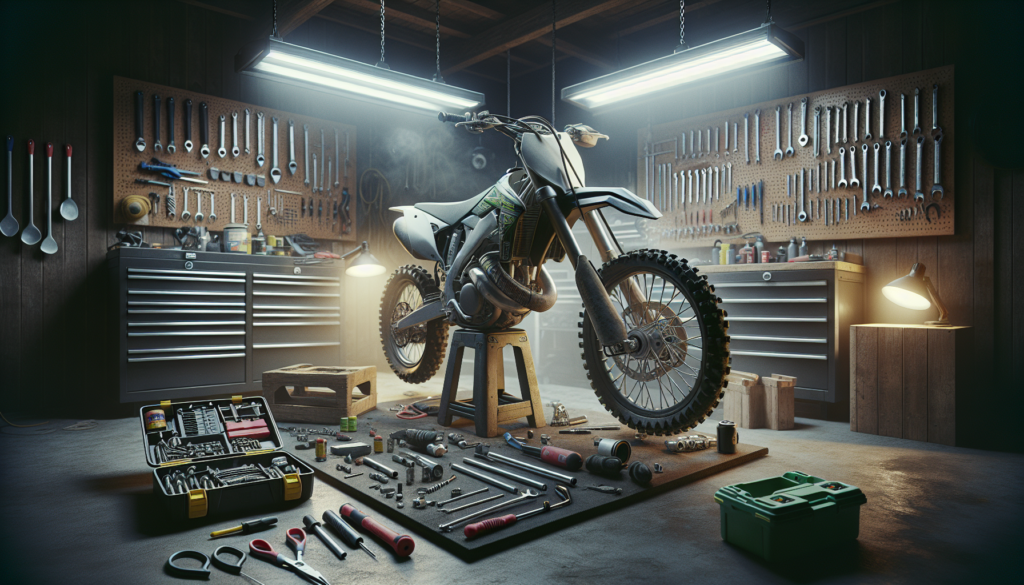
Dirt Bike Maintenance Made Easy: Top Tips for Keeping Your Ride Running Smoothly
James Stewart
When it comes to keeping your dirt bike running smoothly, proper dirt bike maintenance is key. Regular cleaning and preservation can protect your bike from dirt, mud, and debris. It’s important to conduct routine checkups to identify any loose bolts or parts that need tightening. Regular oil and filter changes are necessary to maintain the … Continue Reading
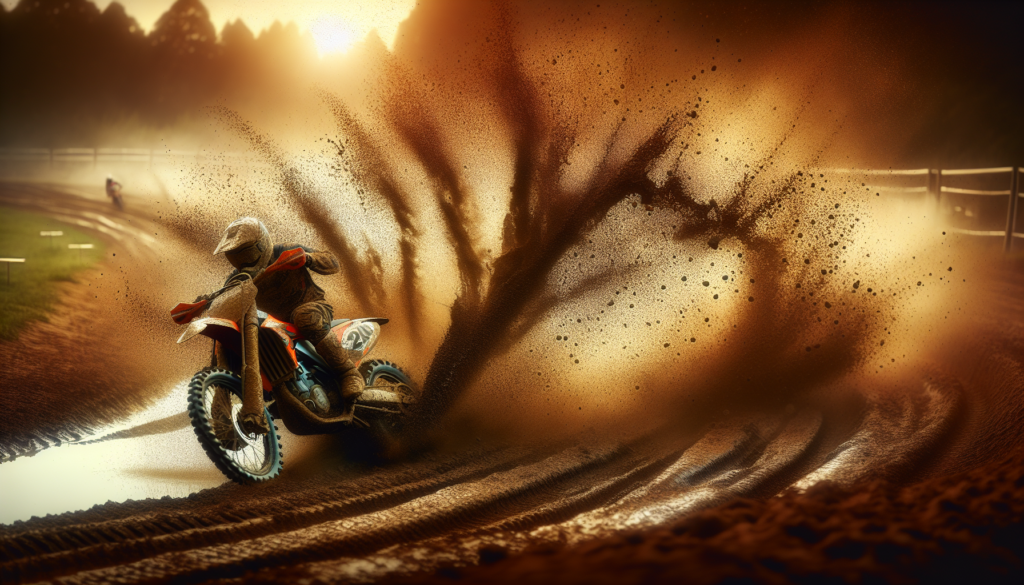
Dirt Bike Riding Tips: Master the Thrill
James Stewart
Are you ready to experience the exhilarating world of dirt bike riding, where both novices and seasoned riders can continuously learn new techniques and skills through off-road motorcycle tips, motocross riding advice, and trail riding techniques? In this section, we will delve into some essential tips and tricks for mastering the thrill of riding a … Continue Reading

Master Off-Road Riding: Boost Your Skills
James Stewart
Are you ready to elevate your off-road riding skills to new heights? Whether you’re a beginner looking to improve your riding techniques or an experienced rider seeking to enhance your off-road abilities, this article is here to guide you. We will delve into a variety of riding techniques and off-road skills that can help you … Continue Reading

Dirt Bike Riding Techniques: Master the Basics
James Stewart
Are you ready to dive into the thrilling world of dirt bike riding? Whether you’re a beginner or have some previous experience, it’s essential to master the basics of dirt bike riding techniques for a safe and enjoyable ride, especially if you’re a beginner dirt bike rider looking for offroad biking tips. We will guide … Continue Reading

Dirt Bike Riding: Beginners Guide
James Stewart
Starting your dirt biking adventure can be both exciting and overwhelming, which is why I’m here to offer you a comprehensive guide for beginner dirt bike riding. From selecting the perfect bike that suits your spirit to understanding the intricacies of dirt bike mechanics, we’ll cover it all. We’ll also delve into the world of … Continue Reading

Master the Art of Dirt Bike Riding
James Stewart
Mastering the art of dirt bike riding requires a combination of skill, technique, and practice, especially when it comes to mastering dirt bike riding techniques for beginners. Whether you’re a beginner or an experienced rider looking to improve, there are key aspects to focus on. One vital aspect is mastering basic riding skills, including dirt … Continue Reading

Mastering Dirt Bike Skills: The Ultimate Guide
James Stewart
Welcome to the world of dirt biking! I’m Maverick Ryder, a seasoned rider and your guide on this exhilarating journey, where I’ll teach you the essential offroad bike skills and dirt bike techniques needed to master the art of motocross. As a member of the Dirt Bike Vault community, I’ve experienced the thrill of navigating … Continue Reading

Master Off-Road Biking: Top Tips for Success
James Stewart
Off-road biking requires a combination of skill, preparation, and respect for both the sport and the environment, making it an exhilarating adventure for cycling enthusiasts. To succeed in this exhilarating activity, it’s important to practice your skills in a controlled setting before taking on more challenging trails. Always be aware of and respectful to other … Continue Reading

Master the Thrill: Beginner Dirt Bike Riding Guide
James Stewart
Welcome to the adrenaline-fueled world of dirt biking! I’m Maverick Ryder, a seasoned rider and your guide on this exhilarating journey, offering a beginner’s guide to dirt biking, complete with offroad motorcycle tips and advice for newbies just starting out in this thrilling sport. Dirt biking is more than a sport; it’s a lifestyle that … Continue Reading

Master Dirt Bike Riding with Expert Tips
James Stewart
Terrain awareness is crucial for mastering dirt bike riding, as it helps to enhance dirt biking techniques and develop effective off-road bike riding skills. Different types of terrain, such as mud, sand, and rocks, require different techniques. By familiarizing yourself with the terrain, you can adjust your riding style accordingly and navigate through challenging obstacles. … Continue Reading

Mastering Dirt Bike Techniques
James Stewart
Mastering dirt bike techniques is the key to taking your off-road bike skills to the next level, whether you’re looking to learn advanced dirt bike techniques, improve your dirt bike jumping techniques, perfect your dirt bike cornering techniques, or enhance your overall dirt bike riding skills. Whether you’re a beginner or an experienced rider, this … Continue Reading

The Ultimate Dirt Bike Gear Guide: Ride in Style
James Stewart
Is your go-to resource for all things dirt bike equipment and motocross gear. With constantly evolving technology and design, it’s crucial for riders to stay up-to-date with the latest advancements in the industry. This guide covers everything from helmets to gloves, highlighting the importance of each piece in providing protection and comfort during rides. Whether … Continue Reading

Dirt Bike Riding Techniques Master the Basics with Ease
James Stewart
When it comes to beginner dirt bike tips, one important aspect to consider is choosing the right bike size for dirt bike riding for beginners. A bike that is too big or too small for you can make it difficult to control and maneuver. It’s recommended to start with a smaller bike that you can … Continue Reading

Dirt Bike Safety Essential Tips for a Thrilling Ride
James Stewart
When it comes to dirt bike riding, ensuring you have the appropriate safety gear is essential for a thrilling and safe experience on the trails. Each piece of gear plays a vital role in safeguarding riders from potential injuries. From a sturdy helmet to knee and elbow pads, it is important to be properly equipped … Continue Reading

Essential Dirt Biking Safety Gear: Your Must-Have Checklist
James Stewart
Dirt biking is an exhilarating and adrenaline-pumping sport that requires proper safety precautions, including wearing the essential dirt bike gear such as a helmet, goggles, gloves, and boots. To ensure a safe and enjoyable ride, it is important to have a comprehensive checklist of safety equipment. Essential items for your dirt bike safety gear checklist … Continue Reading

Essential Dirt Biking Gear: Protect Yourself with Quality Equipment
James Stewart
When it comes to dirt biking, protecting yourself with dirt bike gear is essential for ensuring your safety and preventing any potential injuries. The right equipment not only enhances your performance but also keeps you safe on the trails. One of the most important pieces of gear is a good quality helmet. It should fit … Continue Reading

Dirt Biking Safety Essential Precautions for Beginners
James Stewart
Welcome to the exhilarating world of dirt biking! As a beginner, it’s important to prioritize dirt bike safety and take necessary precautions to ensure a smooth and enjoyable riding experience. Before attempting any advanced maneuvers or riding on difficult terrains, focus on building your confidence and skills. Familiarize yourself with local dirt bike safety regulations … Continue Reading

The Ultimate Guide: Dirt Biking Safety Rules
James Stewart
Maintaining your bike according to safety guidelines can prevent accidents and malfunctions on the trail, ensuring off-road biking safety. Make sure to check the tires, brakes, and suspension before each ride. It’s important to keep up with routine maintenance such as oil changes and chain lubrication. Trail Etiquette: When riding off-road, it’s crucial to follow … Continue Reading

Master Dirt Biking with Top Safety Tips
James Stewart
When it comes to dirt biking, safety precautions should always be a top priority to ensure the well-being of riders. By being conscious of your speed and adjusting it according to the terrain and conditions, you can avoid potential accidents. Maintaining control of your bike at all times is crucial, so keep a firm grip … Continue Reading
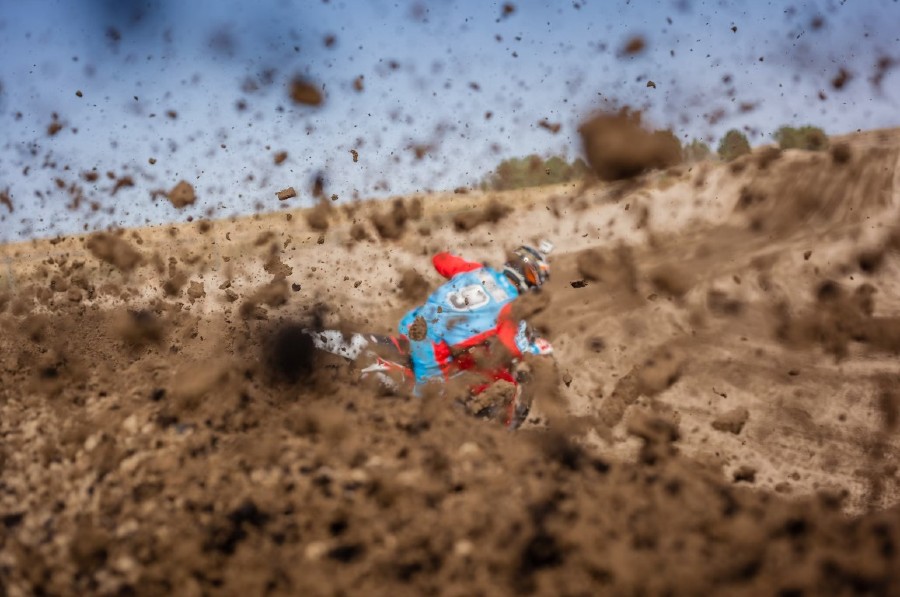
Top 10 Dirt Bike Video Games of All Time: A Gamer’s Guide
Liam Perez
There’s just something special about off-road racing games that sets them apart from other types of racing games. The sound of the engine, the dirt flying everywhere, and the feeling of pushing the limits create some super exciting moments. And the best part is, you can experience all of this right from your own home, … Continue Reading

Dirt Biking Safety Essentials: Precautions for a Thrilling Ride
James Stewart
Dirt biking is an exhilarating sport that offers a thrilling and adrenaline-fueled experience, especially when coupled with the proper dirt biking safety gear and a reliable dirt bike helmet. It is essential to prioritize safety to ensure a fantastic ride. While it may be tempting to push your limits, it is crucial to remember that … Continue Reading

The Ultimate Guide to Off-Road Dirt Biking
James Stewart
Dirt biking off-road is an exhilarating outdoor activity that offers adventure enthusiasts an adrenaline rush like no other, especially when exploring dirt trails during exhilarating off-roading adventures. In , Maverick Ryder, a seasoned rider and member of the Dirt Bike Vault community, provides valuable advice and expert tips to ensure a secure and enjoyable experience. … Continue Reading

Dirt Bike Safety: Ride with Confidence
James Stewart
When it comes to dirt bike safety, wearing the right safety gear, including dirt biking helmets and protective equipment, is essential for offroad and trail riding safety. Investing in high-quality helmets, goggles, gloves, and protective clothing ensures maximum protection in case of accidents or falls. Regularly inspecting your bike’s brakes, tires, and suspension is crucial … Continue Reading
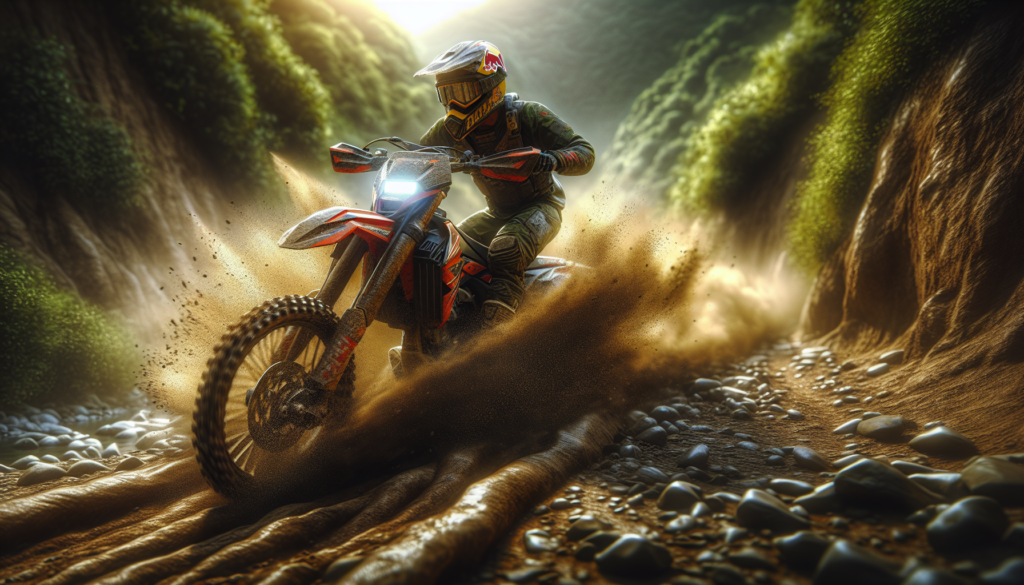
The Ultimate Dirt Bike Maintenance Guide: Expert Tips for Optimal Performance
James Stewart
Regular maintenance is key to keeping your dirt bike in top shape for optimal performance, whether it’s through dirt bike repair, dirt bike servicing, dirt bike upkeep, dirt bike care, dirt bike tuning, or dirt bike inspection. It starts with regular cleaning and inspection, making sure to remove dirt and debris and check for any … Continue Reading

The Ultimate Guide to Dirt Bike Riding Tips: Master the Trail
James Stewart
Welcome to the adrenaline-fueled world of dirt biking! I’m Maverick Ryder, a seasoned rider and your guide on this exhilarating journey, providing you with essential dirt bike riding techniques to master and off-road motorcycle riding tips that will surely elevate your skills to new heights. As a dedicated member of the Dirt Bike Vault community, … Continue Reading

The Ultimate Guide to Dirt Bike Gear: Everything You Need to Know
James Stewart
Safety should always be the top priority when it comes to dirt biking, and having the right dirt bike equipment and motorcycle gear is essential. Wearing the right protective gear is crucial for both the safety and performance of riders. There are various types of dirt biking equipment available, each serving a specific purpose in … Continue Reading

Thrilling Dirt Bike Trails: Unleash Your Adventurous Side
James Stewart
Welcome to the thrilling world of dirt biking! As an experienced rider and a member of the Dirt Bike Vault community, I’m here to guide you on an exhilarating journey through the dirt biking trails. When you hit the trails, you’ll experience a sense of freedom and connection with nature that is truly unmatched. Safety … Continue Reading

Upgrade Your Dirt Bike Performance
James Stewart
Enhancing its capabilities through dirt bike upgrades, performance enhancements, and modifications can take your riding experience to new heights, elevating your dirt bike’s performance to a whole new level. By investing in high-quality dirt bike parts and aftermarket upgrades, you can unlock the full potential of your machine. One of the key areas to focus … Continue Reading

Master the Art of Dirt Bike Engine Tuning
James Stewart
Mastering the art of dirt bike engine tuning is crucial for the optimal performance and longevity of your bike’s engine. There are several key aspects to consider in engine optimization. Firstly, regular checking and changing of the engine oil is essential for smooth performance and prevention of overheating. Clean oil helps lubricate the engine’s moving … Continue Reading

Expert Dirt Bike Service for Peak Performance
James Stewart
When it comes to ensuring peak performance for your dirt bike, expert service is key, whether it’s dirt bike maintenance, repair, servicing, or a tune-up, provided by a skilled dirt bike mechanic specializing in off-road bike service. One important aspect of this service is maintaining proper tire pressure and alignment. Professionals can inspect crucial components … Continue Reading

Dirt Bike Repair Expert Tips for Quick Fixes
James Stewart
Regular maintenance and upkeep are essential for keeping your dirt bike in top shape and ensuring optimal performance through dirt bike maintenance and service. One of the most important aspects of maintenance is regularly inspecting and cleaning the air filter to prevent clogging and ensure proper airflow. Checking and maintaining oil levels is also crucial … Continue Reading

The Ultimate Dirt Bike Maintenance Checklist
James Stewart
Regularly inspecting the bike’s electrical system is an important aspect of dirt bike maintenance. To maintain the bike’s electrical system, it is crucial to check the battery for any signs of damage or corrosion and replace it if necessary. Another important step is to inspect the wiring for any frayed or exposed wires that could … Continue Reading

Expert Tips for a Powerful Dirt Bike Tune-Up
James Stewart
Lubricating your dirt bike maintenance and regularly checking tire pressure is crucial for optimizing performance and ensuring its longevity. By keeping your bike properly lubricated, you minimize friction and wear on vital components, allowing for smoother operation and reducing the risk of mechanical issues. Tire pressure, on the other hand, directly affects your bike’s grip, … Continue Reading

Quick Fixes for Dirt Bike Problems: Troubleshooting Made Easy
James Stewart
Are you an avid dirt bike rider? If so, you’re probably familiar with the frustrating experience of encountering problems with your bike, such as fixing dirt bike issues or performing common dirt bike repairs. From starting issues to overheating and suspension problems, these common dirt bike repairs can disrupt your ride and leave you feeling … Continue Reading

Troubleshooting: Common Dirt Bike Issues
James Stewart
Regular maintenance is key to preventing common dirt bike issues and ensuring smooth performance. One important aspect of maintenance is inspecting the suspension and swingarm linkage for any signs of wear or damage. These components play a crucial role in the bike’s performance and should be replaced if necessary. Routine maintenance tasks such as oil … Continue Reading

Dirt Bike Suspension: The Ultimate Setup Guide
James Stewart
Welcome to the adrenaline-fueled world of dirt biking! I’m Maverick Ryder, a seasoned rider and your guide on this exhilarating journey through the rough terrains, where I’ll be sharing valuable tips and techniques for dirt bike suspension setup to ensure an optimal riding experience. As a dedicated member of the Dirt Bike Vault community, I’ve … Continue Reading

Explore Kayo Trail Bikes: Your Ultimate Off-Road Adventure
Looking to embark on your ultimate off-road adventure? Look no further than Kayo Trail Bikes, where you can find the best trail-riding bikes for your off-road excursion. These powerful motorcycles are designed to conquer the most challenging terrains, making them the perfect choice for off-road enthusiasts. Take the famous Rubicon Trail in California, for example. … Continue Reading

Kayo Enduro Riding: The Ultimate Guide
Embark on an epic dirt bike adventure with Kayo Enduro motorcycle riding, the ultimate off-road riding experience. Conquer rugged terrains and navigate challenging obstacles with the perfect Enduro motorcycle. Explore thrilling trails and master the art of trail riding for an unforgettable motocross experience. Experience the adrenaline rush of a dual sport journey as you … Continue Reading

Ride or Die: Dirt Bike Mastery
Is a relentless quest for those who dare traverse the unforgiving terrains on two wheels, equipped with nothing but the most vital dirt biking techniques and an innate will to endure extreme biking challenges. As Maverick Ryder from Dirt Bike Vault, I’ve breathed the very essence of off-road adventures. Mastery isn’t just about the ride; … Continue Reading

Forbidden Trails: Thrill-Seekers Guide
In the realm of dirt biking, a select few dare to tackle the world’s most treacherous trails, embarking on off-road challenges that push their limits through perilous bike paths only the most skilled riders can navigate. I’m your guide, Maverick Ryder, through these heart-racing paths that demand not just courage but a nearly insatiable hunger … Continue Reading

Beta Breaks New Ground in 2024: Monster Energy Supercross with Cutting-Edge Models
January 4, 2024 | By DirtBikeVault.com News Desk In a thrilling announcement for dirt bike enthusiasts, Beta has signed contracts to compete in the 2024 Monster Energy Supercross with riders Colt Nichols and Benny Bloss. This marks a significant shift as the bikes set to race will feature their own distinct motors, setting them apart … Continue Reading

Riding Prodigy Secrets: The Ultimate E-Bike
Young riders enthralled by the surge of electric bikes are poised at the forefront of innovation, embarking on a journey that exemplifies the future of cycling, with youth cycling programs incorporating beginner electric bikes to foster the next generation of eco-conscious commuters. In the capable hands of a child, an eBike for kids is not … Continue Reading

SuperMotocross: How it works
The first ever SuperMotocross kicks of 9/9/23 at zMAX Dragway in Charlotte! Still confused about what it is and how it works? Not to worry. You’re not the only one. The promoters haven’t made it clear how it works in any of the broadcasts this year. Let us help break it down for you quick. … Continue Reading

2024 USA Motocross Of Nations Team
Will USA back up their incredible performance from last year’s Motocross of Nations at Redbud? 2024 Motocross of Nations at Ernee France brings new challenges. Two of the three defending Motocross of Nations champs are confirmed out for this year. Eli Tomac and Justin Cooper won’t be in attendance. Justin Cooper is getting married the … Continue Reading

Colt Nichols Joins Factory Beta for 2024 Supercross
With Ken Roczen‘s departure from Honda HRC before the 2022-2023 Monster Energy Supercross season, the team had a hole to fill next to Chase Sexton, Jett Lawrence, and Hunter Lawrence. Colt Nichols was the guy to fill that hole. But, it was only for the 2022-2023 season, and it was SX-only. That left him with … Continue Reading

50+ Year Old Mike Brown to Race AMA Pro Motocross National in 2024
Mike Brown, aged 51, achieved an impressive victory in the 40-plus opening moto at the 2023 Loretta Lynn’s Amateur National, defeating Jeff Emig by a significant margin of thirty seconds. Brown praised the new 350 KTM bike and expressed his determination to pursue victory throughout his career. He also emphasized the importance of this race … Continue Reading

New 2024 Yamaha Dirt Bikes
Yamaha Motor Corporation, USA celebrates the 50th anniversary of its YZ model line by introducing the 2024 50th Anniversary Edition YZ125, YZ250, YZ250F, and YZ450F. These special editions pay homage to the iconic 1990s-era YZ two-strokes ridden by legends like Damon Bradshaw and Jeff Emig. The YZ lineup has a rich history of technological advancements … Continue Reading

Eli Tomac is Coming Back for 2024
When Eli Tomac tore his Achilles tendon, I thought for sure his career was done. Then, after Cooper Webb split with KTM this summer, it was rumored that he would be joining STAR Racing Yamaha. At that point, if I could’ve bet on it, I likely would’ve bet quite a bit that Tomac was retiring. … Continue Reading

Why Left-Hand Drive Cars are Gaining Popularity in the UK

The Step-by-Step Process of Using Car Shipping Services for Your Next Move

The Power of Customization: Why Motorcycle Wraps and Decals Are a Must-Have

Proces Złomowania Pojazdów: Wszystko, Co Musisz Wiedzieć
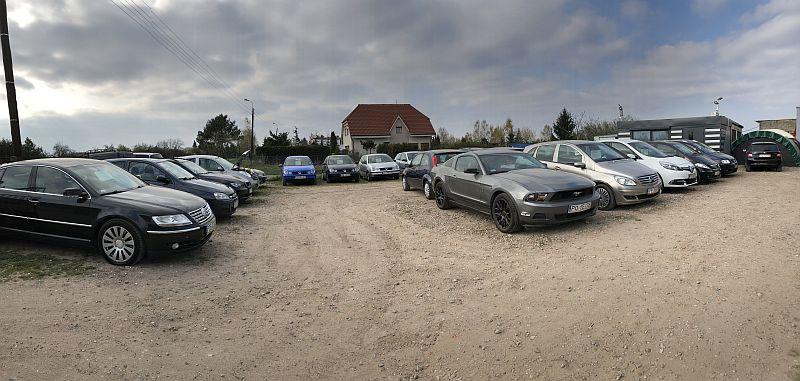
Profesjonalny Skup Aut w Poznaniu – Przewodnik dla Sprzedających

Złomowanie Pojazdu w Katowicach: Szybka, Wygodna i Ekologiczna Opcja
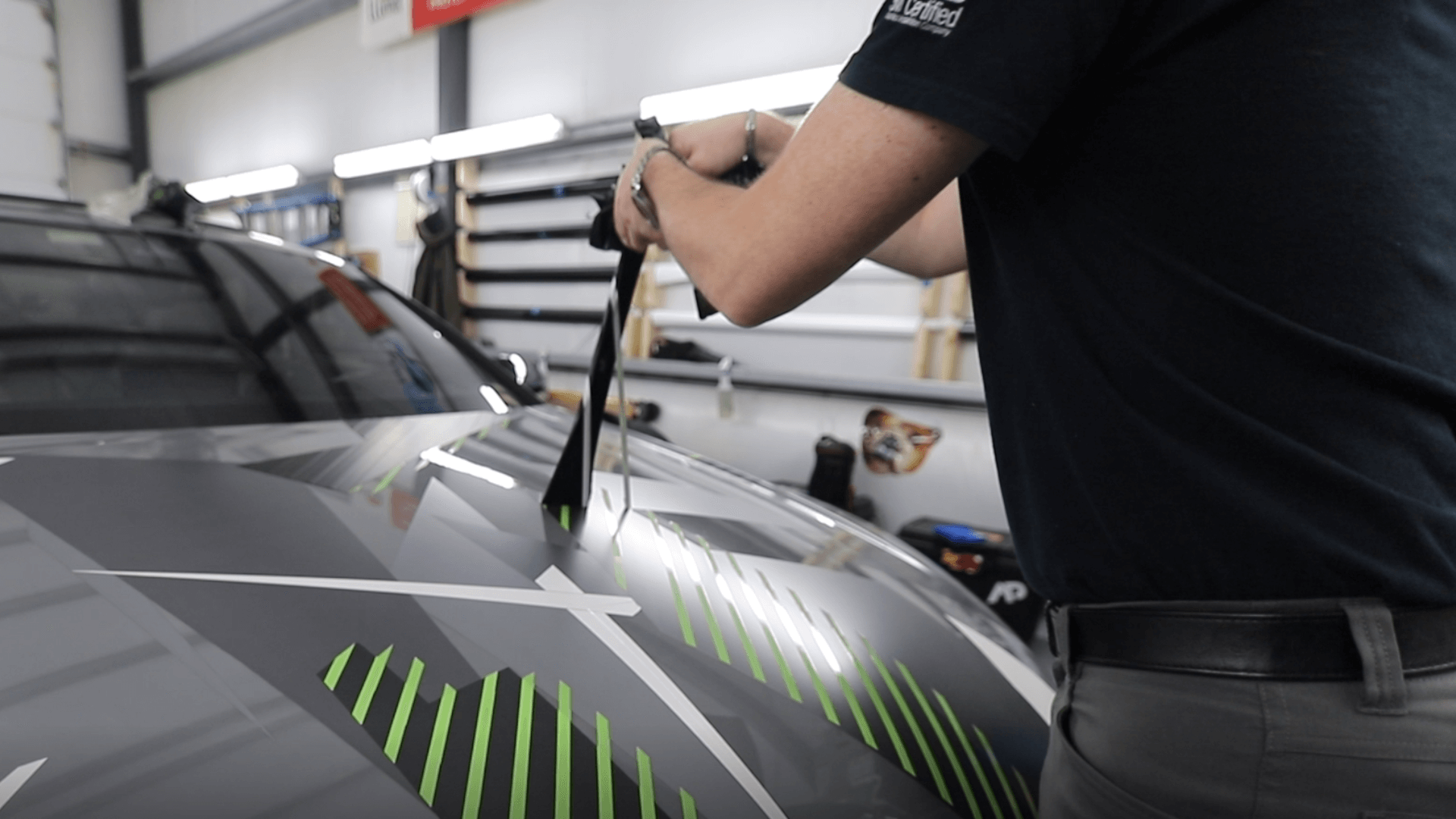
Professional Vehicle Wrap Removal Service in Rockwall County: Safe, Efficient, and Paint-Friendly Solutions

Say Goodbye to Per-Wash Payments: Unlimited Monthly Car Wash Memberships at San Diego Gas & Carwash

The Ultimate Guide to Car Interior and Exterior Detailing: Tips and Techniques

Top Tips for Transporting Your Motorcycle Across the Country
Accordion content.
